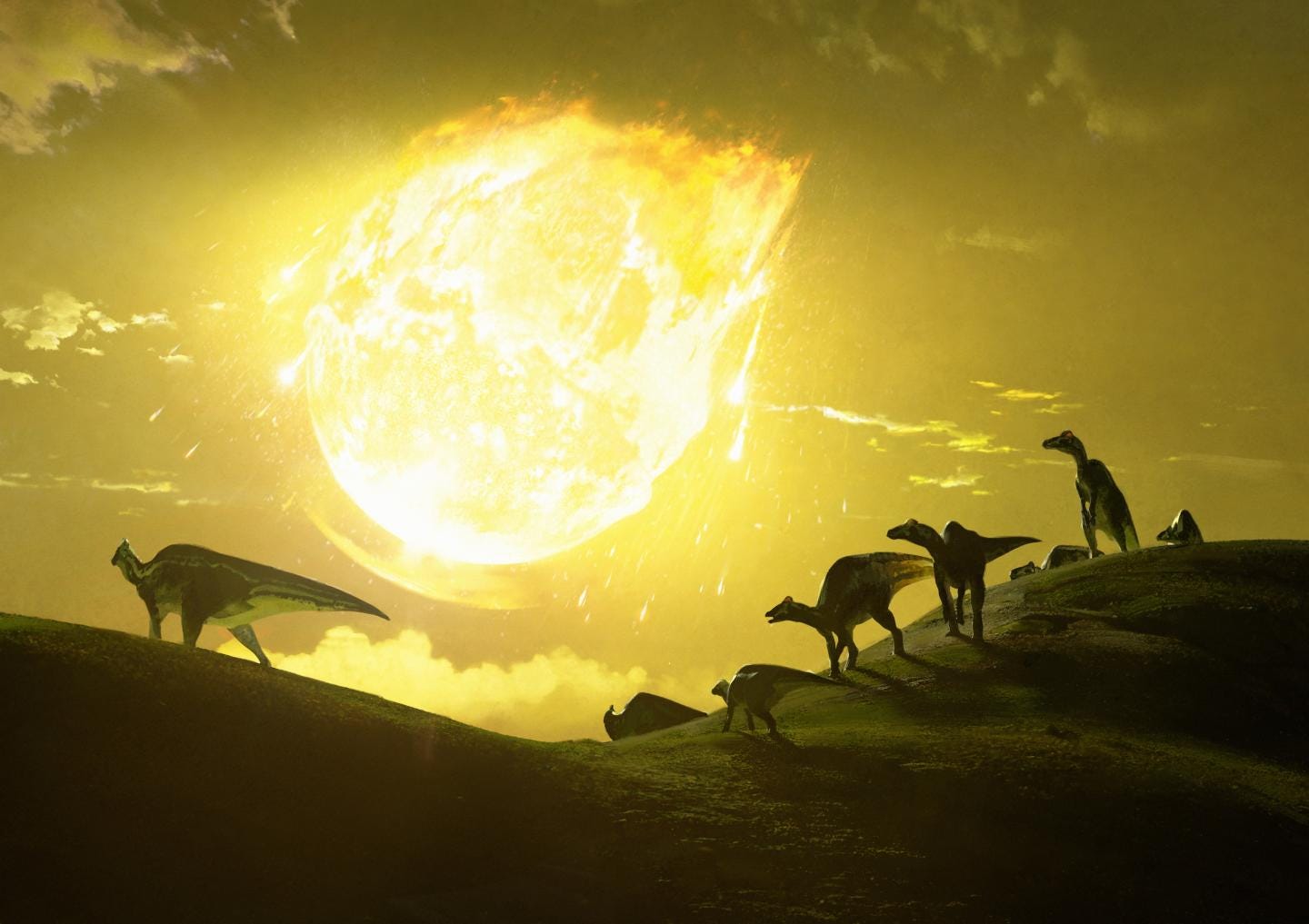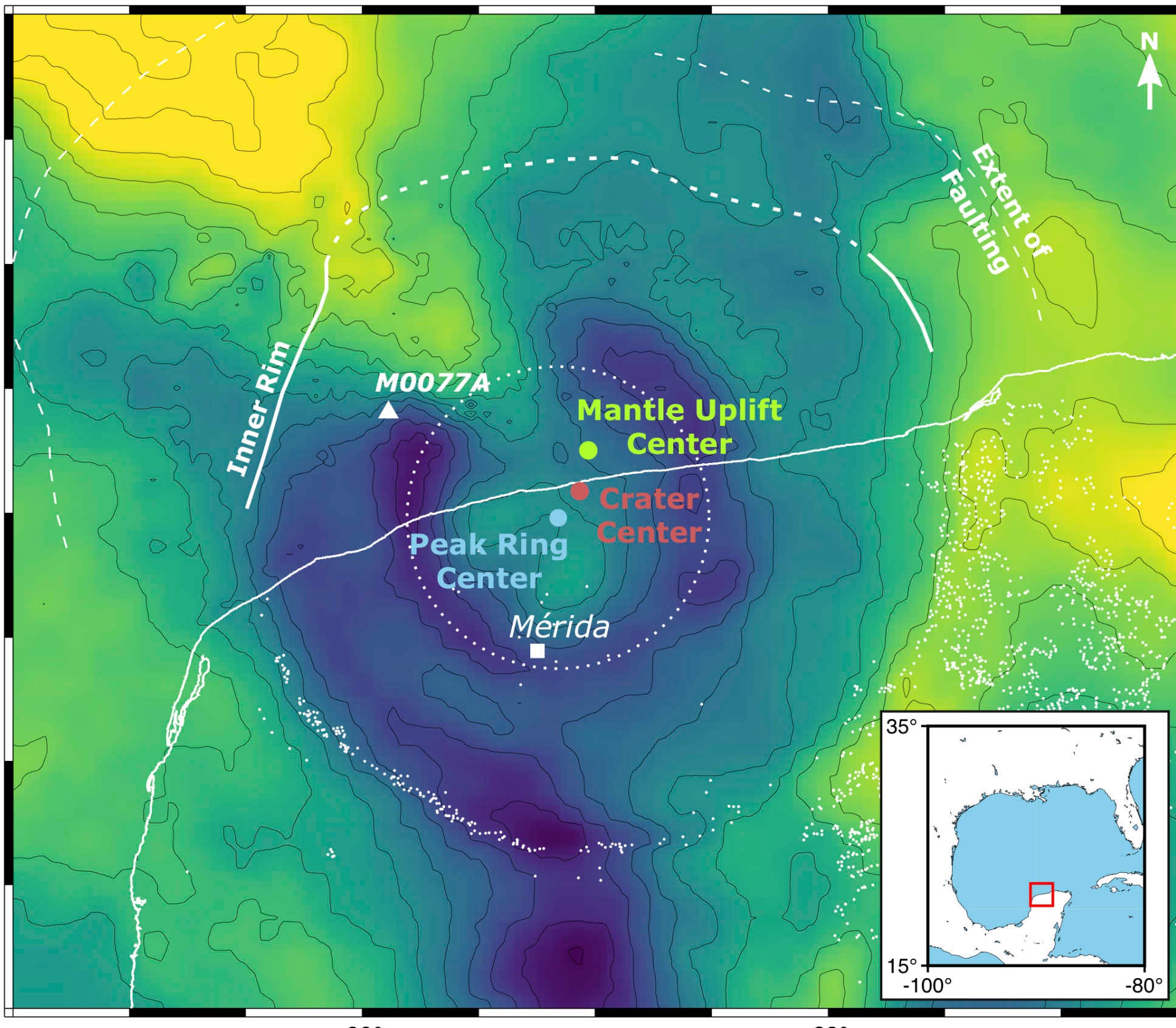Simulations show the impactor struck Earth at an angle around 60 degrees to the surface of Earth. Striking at this angle, the asteroid kicked up the greatest possible amount of dust, maximizing climate change, killing off the clade of animals, as well as 75 percent of other species on Earth. The dust lifted into the atmosphere, including millions of tons of sulfur, blocked out the Sun, creating a “nuclear winter” worldwide. “For the dinosaurs, the worst-case scenario is exactly what happened. The asteroid strike unleashed an incredible amount of climate-changing gases into the atmosphere, triggering a chain of events that led to the extinction of the dinosaurs. This was likely worsened by the fact that it struck at one of the deadliest possible angles,” said Professor Gareth Collins of Imperial’s Department of Earth Science and Engineering, lead researcher on the study. The study found the asteroid came in from the northeast at a 60-degree angle, maximizing the amount of material thrown into the atmosphere. Following the impact, crustal material fell back into the initial crater, forming the geological feature we see today. “We considered four impact trajectory angles, measured relative to the target surface: 90∘ (vertical), 60∘, 45∘ and 30∘. Simulations were performed at two impact speeds: 20 and 12 km/s. The slower speed was used for computational expediency and to afford direct comparison of the vertical impact case with previous 2D simulations. The higher impact speed is approximately the average speed that asteroids encounter Earth and is hence more representative of the likely impact speed of the Chicxulub impact,” researchers describe in an article announcing their findings, published in Nature Communications. The Cretaceous–Paleogene (K–Pg) extinction event, also known as the Cretaceous–Tertiary (K–T) extinction, was first found to be the result of an asteroid strike when geologist Walter Alvarez found a thin layer of iridium around the world in the late 1970’s. This element is normally rare on Earth, but fairly common in asteroid, suggesting its extraterrestrial origin. In the era leading up to the time of impact, massive volcanoes in the Deccan Traps in northwestern India were erupting, sending massive quantities of gas and dust into the atmosphere, greatly altering the climate of the planet. “Despite being buried beneath nearly a kilometre of sedimentary rocks, it is remarkable that geophysical data reveals so much about the crater structure — enough to describe the direction and angle of the impact,” Dr. Auriol Rae of the University of Freiburg stated. The ground around the asteroid impact site is rich with water, as well as porous carbonate and evaporite rocks. The heat and diffusion of material would have sent massive quantities of water vapor, carbon dioxide, and sulfur into the atmosphere. Once in the air, sulfur would form aerosols, minuscule particles capable of blocking sunlight, triggering the nuclear winter. A rapidly cooling climate and forest fires around the world, paired with the loss of photosynthesis feeding plants, resulted in the extinction of most of the life on Earth, researchers suggest. Earlier studies only examined the earliest stages of the impact. This new study could help researchers better understand the nature of massive craters on other worlds. This article was originally published on The Cosmic Companion by James Maynard, founder and publisher of The Cosmic Companion. He is a New England native turned desert rat in Tucson, where he lives with his lovely wife, Nicole, and Max the Cat. You can read this original piece here. Astronomy News with The Cosmic Companion is also available as a weekly podcast, carried on all major podcast providers. Tune in every Tuesday for updates on the latest astronomy news, and interviews with astronomers and other researchers working to uncover the nature of the Universe.


